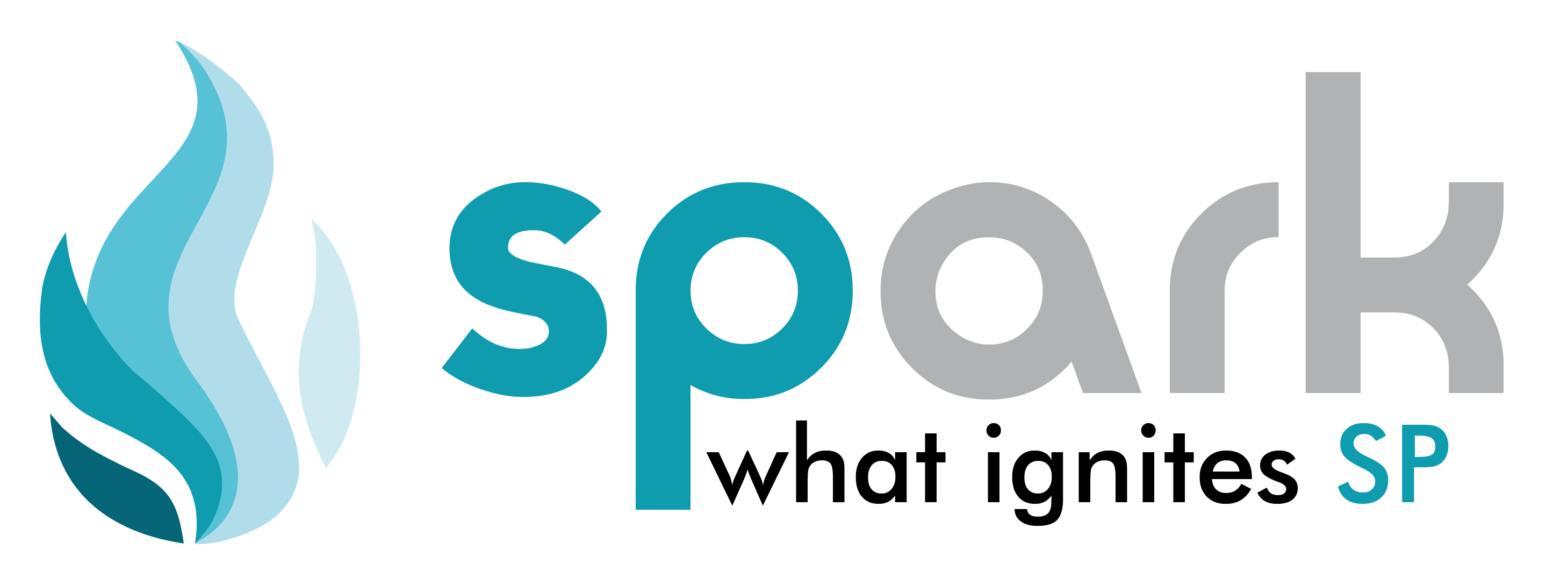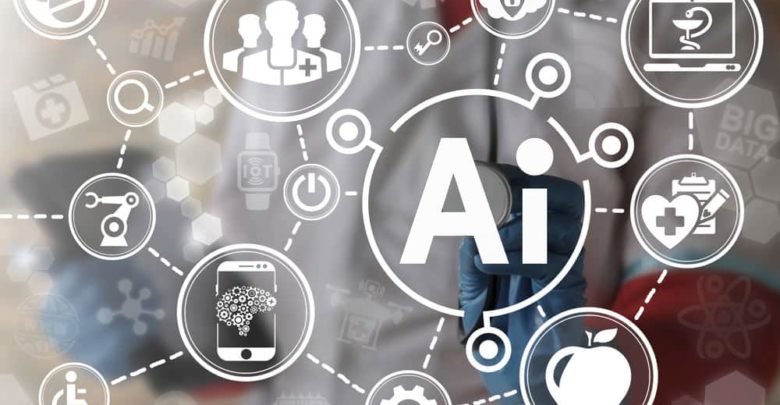Humans, in the past decade, have made advancements in the technology sector at a phenomenal rate and development of Artificial Intelligence has often been claimed as the “Future of technology”. Every new development comes as a result of a better combination and co-ordination between:
- Available Data
- Search Algorithms
- Pattern Capturing Methods
Some of the biggest corporate conglomerates have assigned designated research and development centres for AI all across the world. Every day there’s some new development in the field of AI and machine learning.
The basic philosophy of AI is to create systems that can process data, analyse trends and figure out patterns and according operate on their own. Thus being called ‘artificially intelligent’. The science behind the concept is very closely linked with Microeconomics. Before developing systems that “work like humans” we first need to understand how humans work themselves. That is precisely why all research firms have a team of economists helping them out with the tendencies of human minds and helping them figure out algorithms to tackle the same.
The following are few firms that have crossed leaps and bounds when it came to development in AI and machine learning:

Google.ai is one of the flagship changes that Sundar Pichai has come up with ever since he joined the team of the biggest search engine of current times. Google aims to develop basic open source tools that are readily available to everyone on their platform to use and access. Google is at the top of the leaderboard among data analytics firms has expanded horizons of AI to unimaginable limits. The most attractive and useful aspect of the developments at Google is the simplicity of the tools that it provides to users.
Not only has Google tried to penetrate the market of AI with their own technology, they’ve made it available to Developers, Start-ups and Enterprises.
The following are the tools that Google is proving currently for:
- Developers:
- Tensorflow: It is an open source software library for high-performance numerical computation. Being highly tangible in nature, it allows deployment of computation models across CPUs, GPUs and TPUs. It comes along with a strong support system for deep learning and machine learning.
- ML Kit: Machine learning kit for mobile developers is an excellent application to employ their own customised AI amplifications for their mobile apps and accessories using base APIs in a very comprehensive and approachable manner.
- Deepdream: It is a computer program developed to create hallucinatory effects in images, popularly termed as “trippy” in pop culture.
- Start-ups:
- Gradient Ventures: It is a tool which provides deep technical expertise on AI ventures helping them build clean datasheets, scalable analysis techniques and deliver production models.
- LaunchPad studio: It is a program which focuses on successfully completing an ML Based project during the course of the program, the services that are provided include Equity free support and cloud credits.
- Enterprises:
- Cloud AutoML: It is a machine learning suite that supports developers with minimum knowledge about machine learning to employ smart, scalable and easy to use AI methodology.
- Cloud TPU: Tensor Processing Unit is an ASIC to assist deep learning tools in a much more holistic manner by using an accelerator technology to speed up their workloads on Google cloud.
IBM

Of late IBM has been investing a large chunk of its revenues into cognitive computation, machine learning and AI. Unlike Google that focused its research on neural networks, IBM has been involved majorly with Autonomics, Computer Vision and Virtual Agents. IBM has also developed voice recognition clients that take commands in natural human languages and get the work done by processing algorithms and data.
IBM and Google go vis-a-vis when it comes to providing AI & Machine learning solutions. IBM was the first corporate firm to come up with a tool whose basic design was in resonance with the philosophy of AI namely, the IBM-WATSON.
Being a company that has maintained its legacy all through these years, IBM continually invests in new and upcoming technology trends, so the IBM-WATSON and all other tools for that matter are in ongoing research and development during all four fiscal quarters of the year. That does result in some losses in revenues but the overall development of technology has always been a first priority for the firm.
Some of the ongoing projects at IBM include:
- IBM-WATSON: The system is an outcome of the DeepQA project by their research team. At first, it was simply used to answer simple quiz questions but later in the year 2013 it was announced that the first commercial application of the system would be for utilization management decisions in the treatment of lung cancer in conjunction with a New York-based healthcare company named WellPoint. For creating a database for such a large range application thesauri, ontologies and taxonomies were used from DBPedia, Wordnet and Yago.
- IBM Garage: The mission of this system is to make clients of all sizes successful by employing search systems on IBM Cloud. The Vision of the Garage is to create an environment where enterprises and individuals can foster themselves at the IBM Cloud and grow as a collective support system.
- Cognitive Customer Care: Improve customers’ experiences while lowering operating costs. IBM combines Watson AI technologies, virtual agent and omnichannel self-service capabilities to help you migrate from interactive voice response (IVR) to an omnichannel, customer-first digital relationship.
Amazon Web Services (AWS)

Ever wondered how Amazon keeps generating profits every quarter in their gross earnings?
Well, one of the major factors in Amazon’s success has been the contribution of their AI tools to maximize their customer outreach and sales. Amazon has introduced a wide range of customer friendly tools to help out the customer as well as the company in a manner such that the customer gets customised search outputs based on his/her history and the company benefits from the same as it makes the customer get attracted to buy goods and services.
Some of the systems that Amazon has come up with are:
- Amazon Polly: It is a service that capitalizes on deep learning techniques to bring to life human-like speech as a response mechanism for any query as posed by the client. It is Amazon’s attempt at creating a system that brings real-time interactive dialogue.
- Amazon Lex: It is a system that converts speech into text and functions somewhat similar to how Google Home functions. It takes instructions from the customer and analyses and processes the command and gives out the desired output.
- Amazon Rekognition: With Rekognition, it becomes very easy to detect image profiles and objectification, it can also detect objects, scenes, and faces in images.
All in all, many companies have researched and are continuously developing new systems based upon the idea of AI and machine learning but still, a lot needs to be achieved. Everything that has been created to date is just an intrinsic system which might be good for creating and handling short-term goals and objectives, but a majority of the work is still left out. Even with all the funding and the resources, the firms and companies have been able to create systems that only simplify human operation but still can’t work on their own autonomously.

